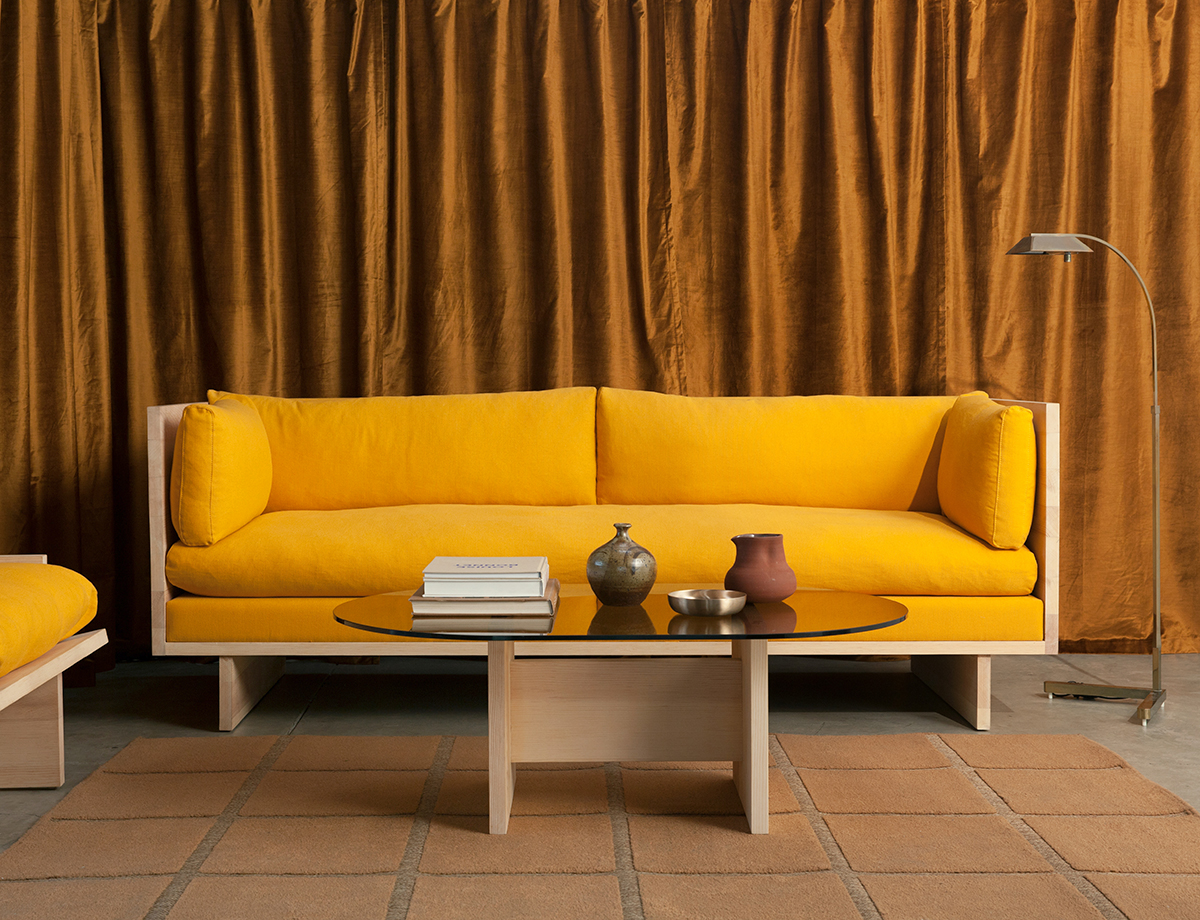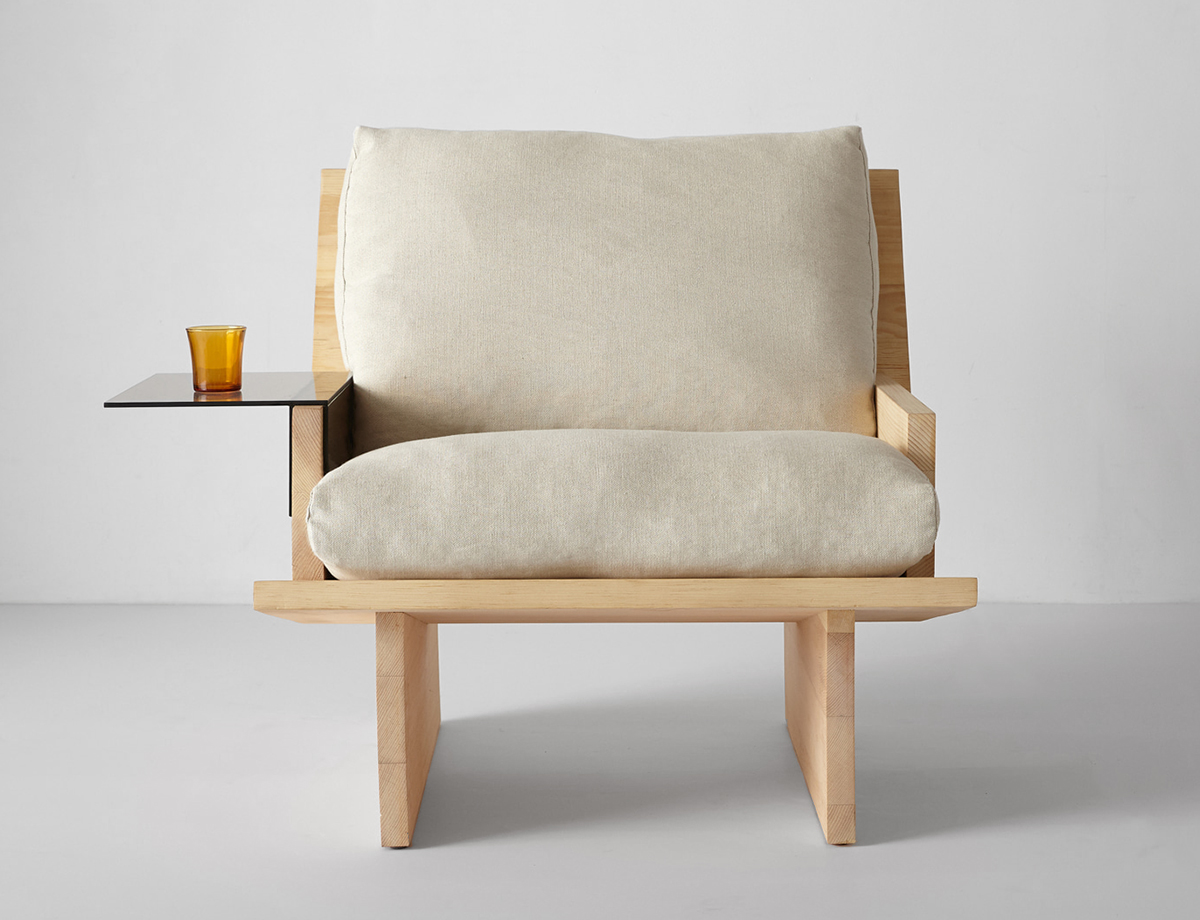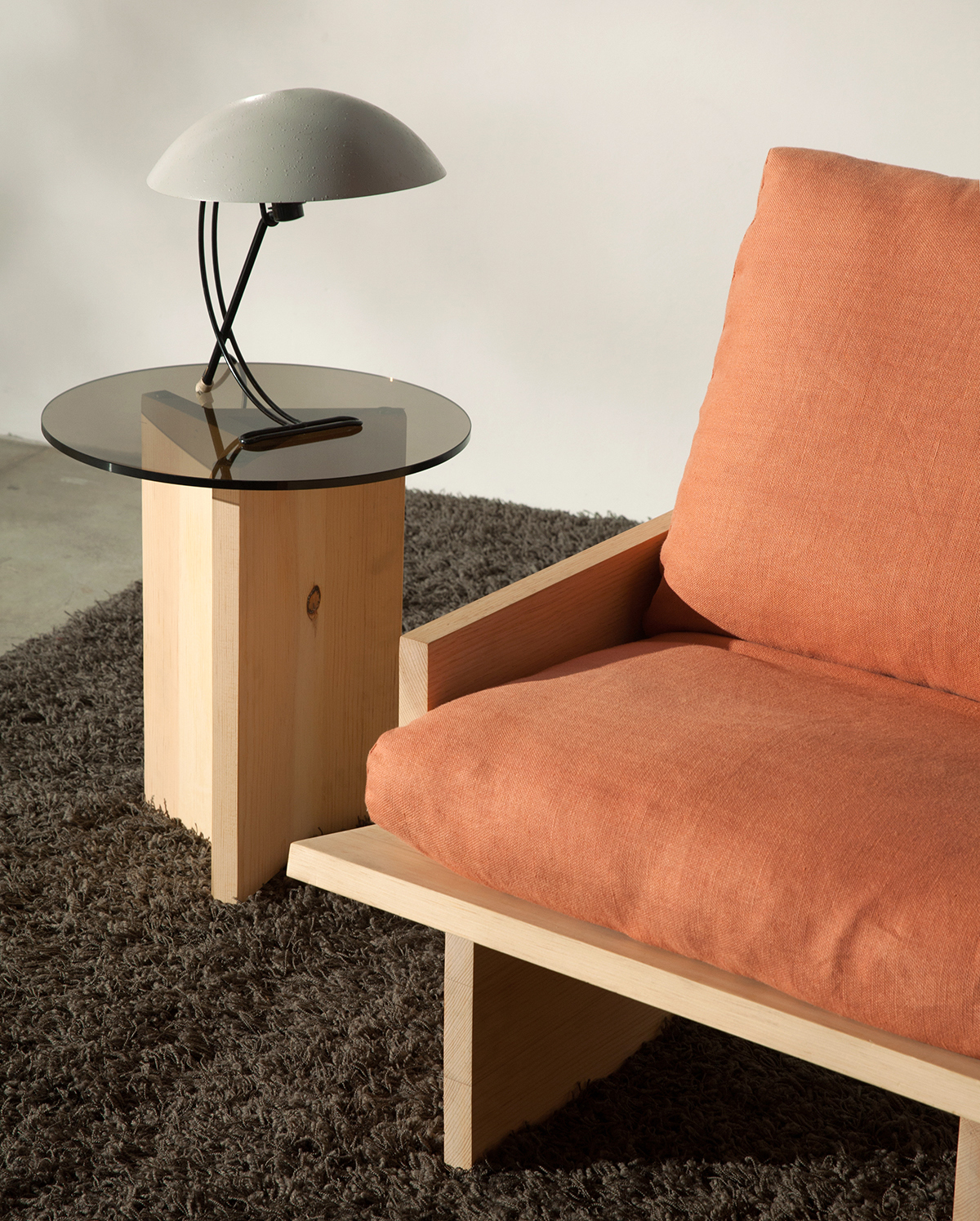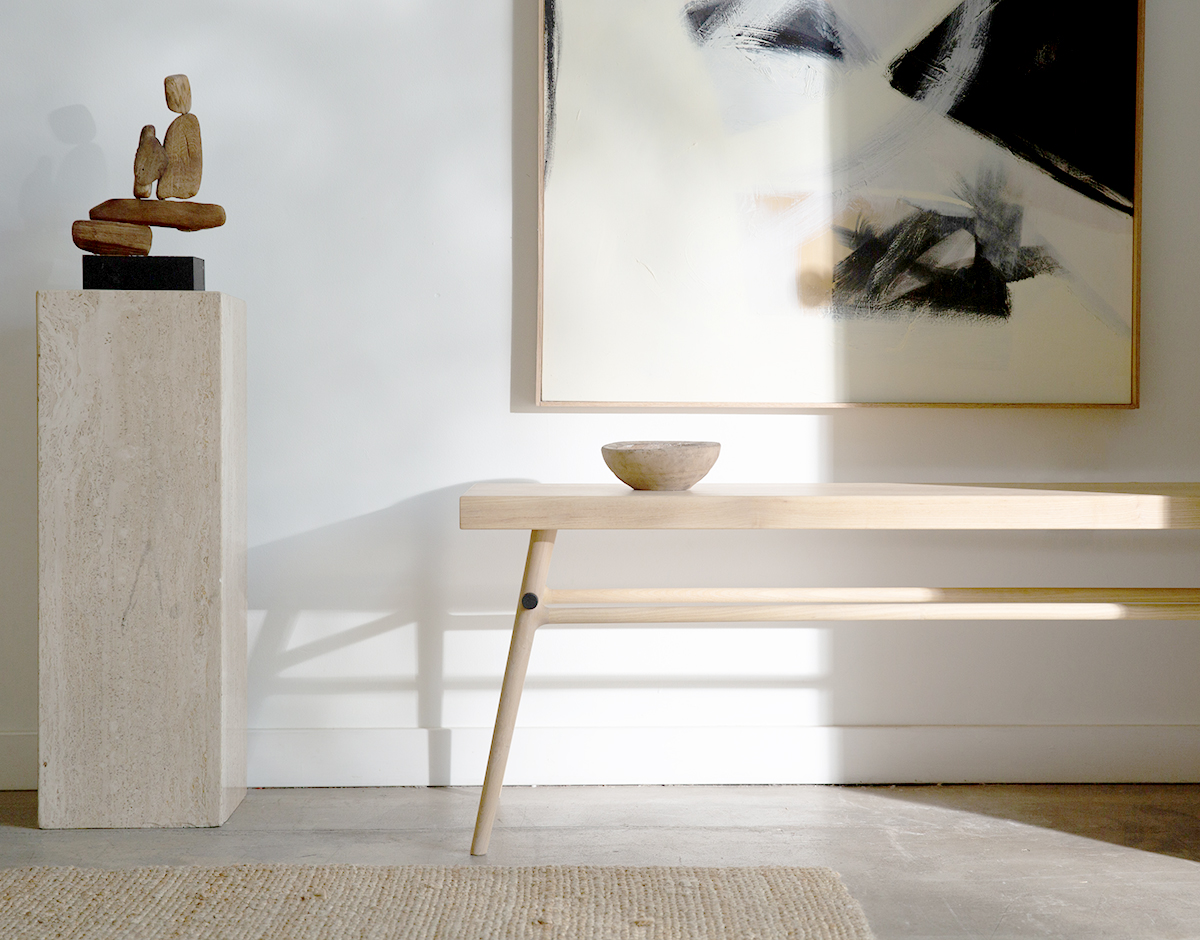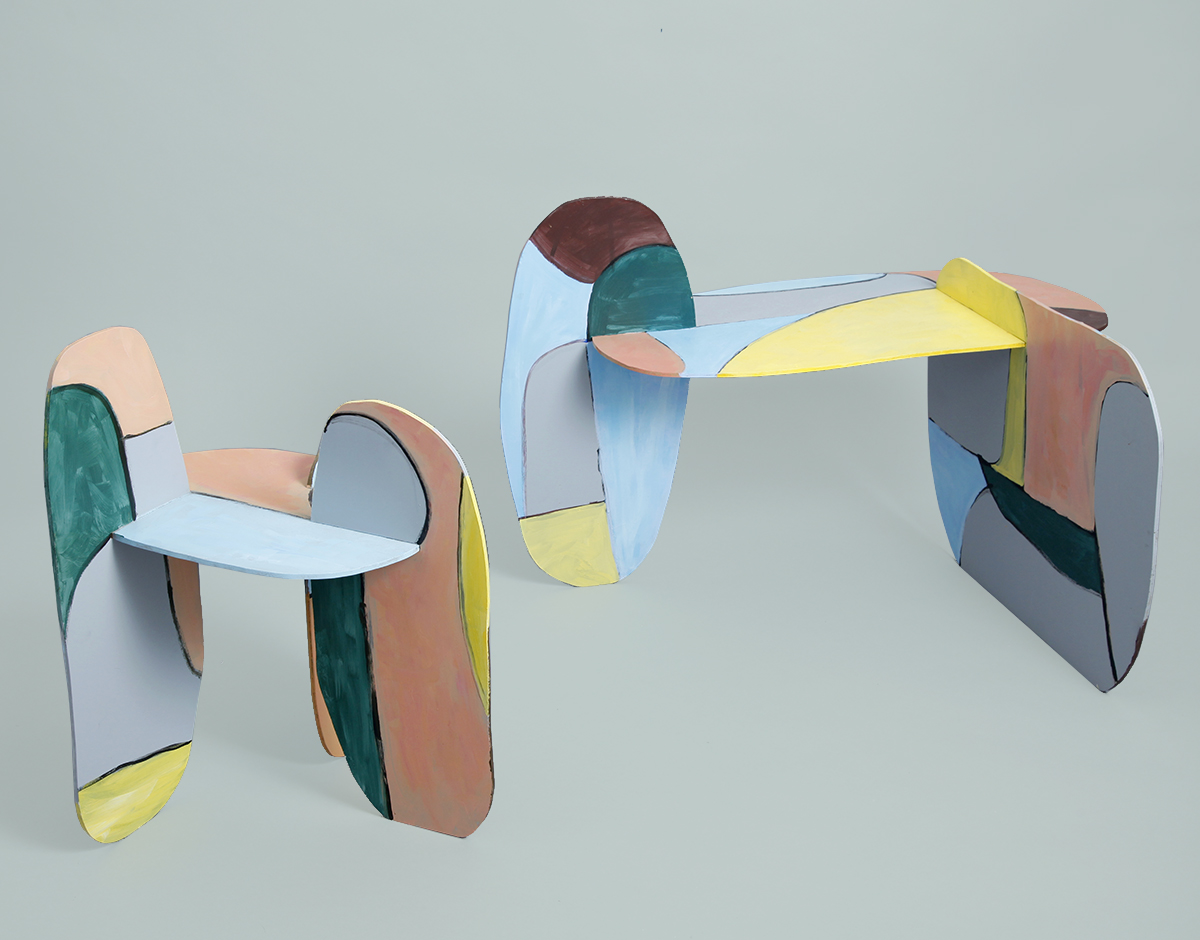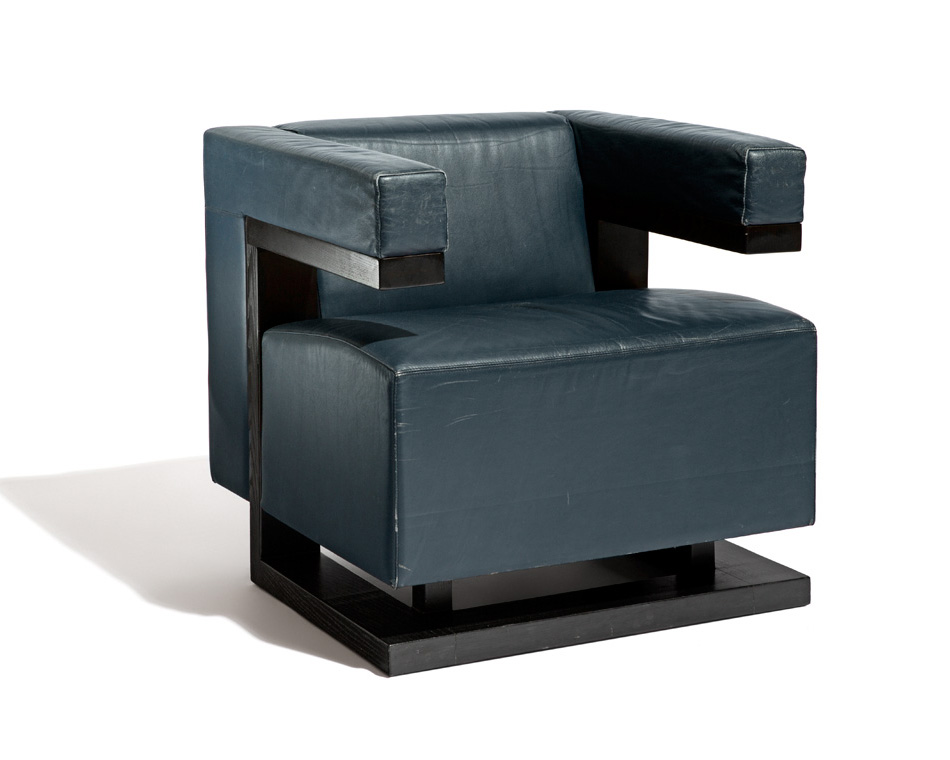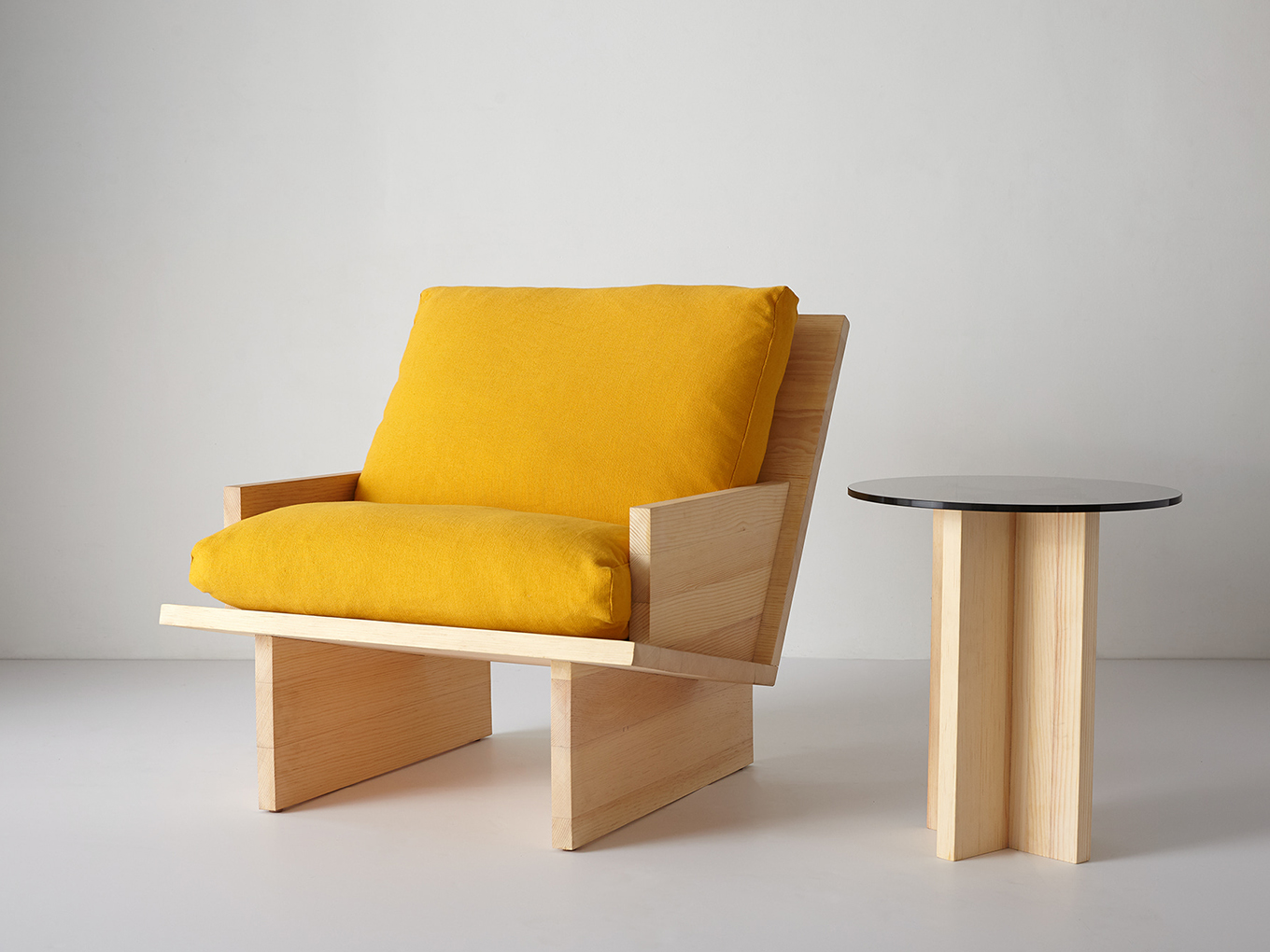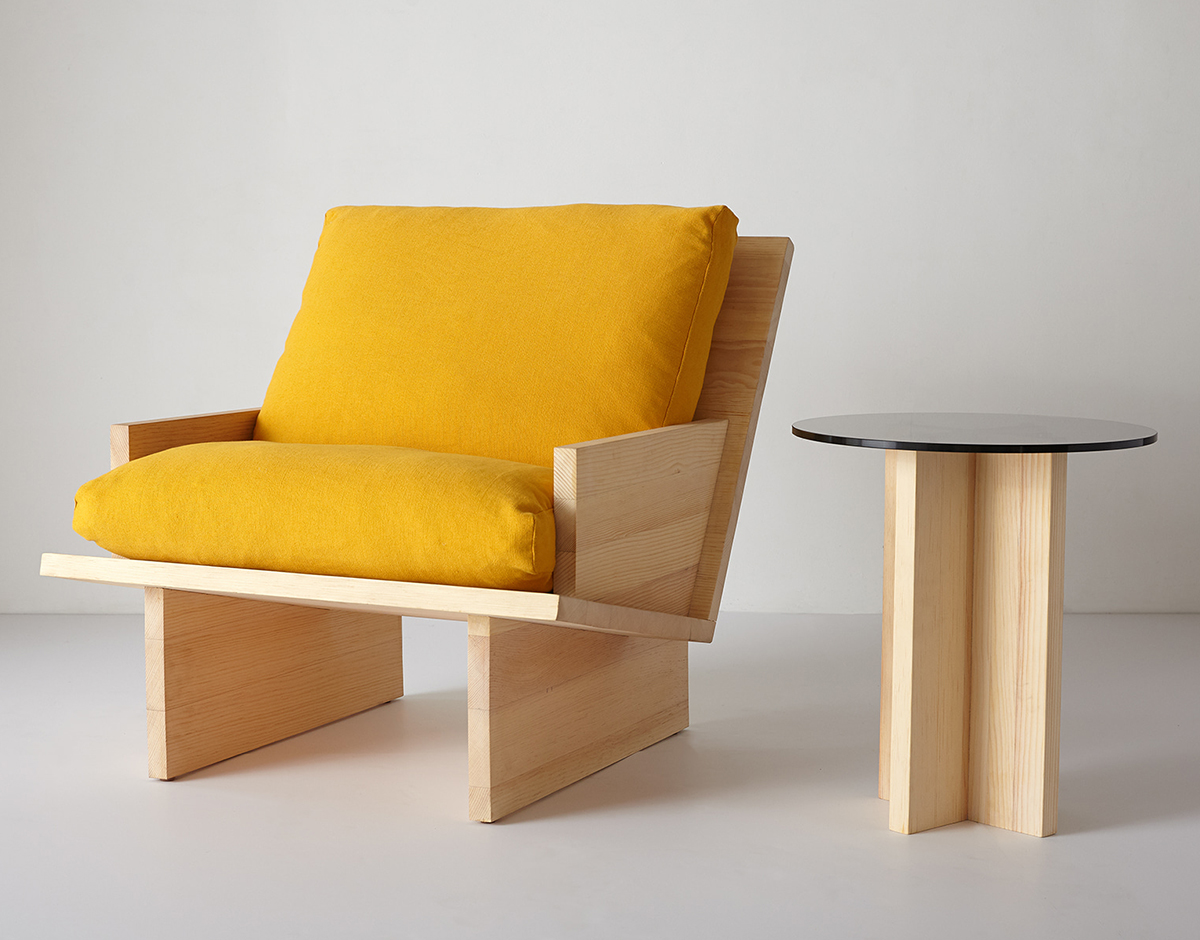
American Design Hot List 2020
Kalon
Los Angeles, kalonstudios.com
Kalon was founded in 2007 when Michaele Simmering and Johannes Pauwen couldn’t find a sustainable crib for their new baby, and for awhile that crib was their calling card. But this year, they truly hit their stride with a Judd-esque collection of pared-down wooden living room furniture that made good on their goal to design “things that are the most essential versions of whatever it is we’re creating.”
What is American design to you, and what excites you about it?
You can’t talk about American design without talking about American infrastructure. The United States is a big-business economy. Production and manufacturing here are set up to work at a massive scale. It’s not geared for smaller design studios. Europe, for example, has a completely different and more diverse industrial model which can accommodate and support experimentation. Culturally there’s a different approach. Look, for example, at what was happening in the ’90s and early 2000s when Europe saw a bloom of interest in design: The Droog movement happened, you had the Bouroullec brothers, the Campana brothers, Newson, etc. Companies were hiring designers for their unique aesthetic or point of view, having them design their version of a teapot or chair. This created star designers whose star power was then leveraged by industries to promote new and innovative materials. At the same time in the United States very little was happening, designers were fairly invisible. In the United States, the barrier to entry is high and expensive, designers are essentially locked out of industry. So American designers have to be incredibly self-reliant. They also have to be entrepreneurial which is interesting.
Without the support of large-scale industrial infrastructure where there are resources to invest in innovative materials and processes, American designers have to figure out how to work within the constraints of either what they can build themselves, or build with a much smaller and less-sophisticated infrastructure. This is why you often see designers seeking out more traditional manufacturers. Because it’s with these (sometimes very old) manufacturers that you can find a willingness to experiment. So American designers often end up having to find ways to express themselves through traditional materials and techniques. I find this fascinating because designers end up using these very old and antiquated methods of production in new and interesting ways. Two ways you see this playing out in American design are in the rise of the Maker movement and in collectable design. With collectable design, designers are side-stepping production and making what are essentially one-offs.
Los Angeles is an incredible place to be a designer because of all this. It has more manufacturing than any other city in the country and so in any neighborhood you can find stone yards, brass casters, metal workers, upholsterers. The city is filled with tiny, dusty shops. It’s not the most scalable or efficient way to make something, but it opens up incredible possibilities for experimentation and expression.
What are your plans and highlights for the upcoming year?
We’re working with stone and metal. Something we’ve been wanting to find space to do for ages. Because we focus on production work, bringing in new materials and methods is a lengthy process. In the near future, those materials will start to weave their way into our body of work. We’re both pretty excited about that. 2020 has been an extraordinary year. As much as the pandemic has shut down particular plans, like trade shows and design events, it’s opened up others. It’s been a catalyst for connecting with other designers, particularly here in Los Angeles, and we’re focusing on collaborations with people whose work excites us. Lastly, if the stars align, we’re hoping to open our own showroom, which has been a dream for years now.
What inspires or informs your work in general?
There are two core inspirations for our work. On the one side there are material and process inspirations, and on the other there are feelings and ideas we want to evoke. Our Bough collection is an example of the first. The collection was inspired by an iron-casting technique we saw used on a teapot, as well by as a deep-dive into Japanese joinery and campaign furniture. Rugosa, on the other hand, was inspired by the way we use our home space, in particular our living rooms. There was an ideal we were after, a feeling and an experience we wanted to evoke. We spent two years thinking about the living room, what it was, and what it could or should be. A lot of our work is driven by both. Almost always, as much as they reflect some material or process we are geeking out on, they are equally a striving towards an idea or feeling we want to evoke. I see each piece as an invitation to use space in a particular way.